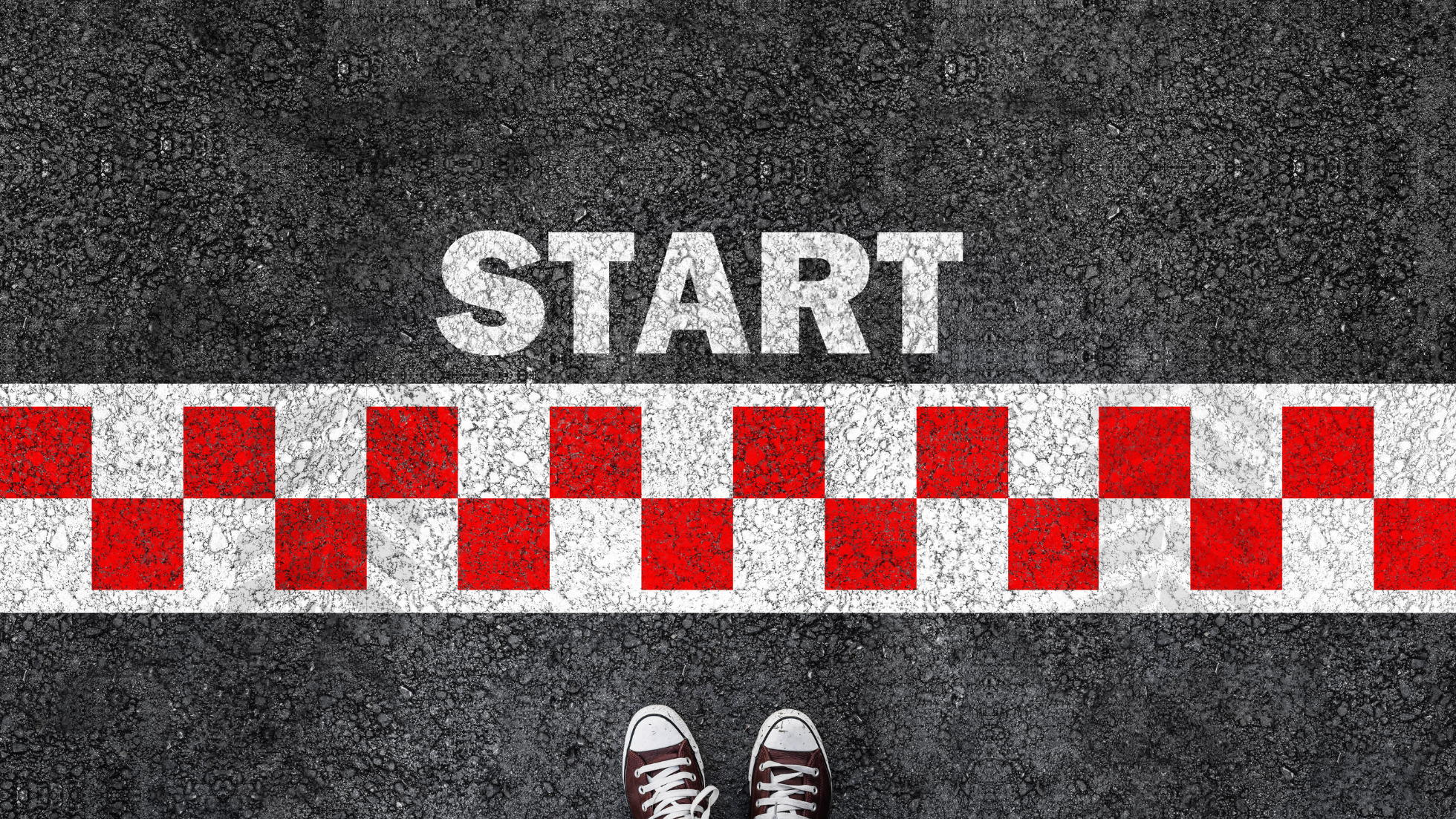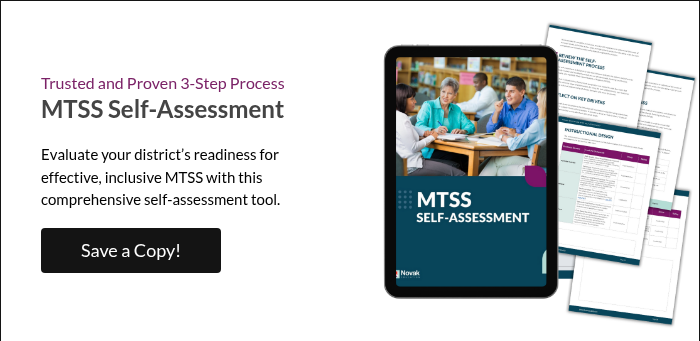When I coached high school cross-country, we didn’t start the season with sprints, 10-mile runs, or dreams of championship trophies. In fact, we didn’t even set goals for our runners. Our first step, always, was to determine where each athlete was starting from.
We started with a team self-assessment to establish a baseline. Each athlete completed a timed mile, a full-course run, strength benchmarks, and heart rate recovery. We didn’t do this to rank or label the athletes, but to understand them. How fast could they go? How much could they lift? Where did they shine? Where did they struggle? This wasn’t just about data; it was about direction. Understanding our team’s starting point allowed us to set meaningful goals and create targeted improvement plans for each runner as they came together to form a community and a team.
Also, let’s be honest, if we had jumped right into 10-mile runs, half the team might’ve quit by day two. Start where people are. Always.
That same principle holds true in education. People often ask me,
“Where do I start with MTSS?”
My honest answer: “That depends on your starting point.”
The Power of a Strategic Self-Assessment
Just like we wouldn’t train all athletes the same way regardless of fitness level, we can’t design strong multi-tiered systems of support without first knowing what’s already in place and what’s not in place yet. That’s why our team at Novak Education supports teams using this MTSS Self-Assessment tool, adapted from the MTSS self-assessment in my book co-authored with longtime colleague, Kristan Rodriguez, In Support of Students.
This tool isn't about perfection or performance. It's about reflection. It helps districts take a collaborative, honest look at core drivers such as instructional vision, access to high-quality Tier 1 instruction, support for multilingual learners, students with disabilities, and highly capable learners, tiered systems and structures, family engagement and feedback loops, inclusive environments, and ongoing professional learning.
District-level teams are encouraged to rate each driver on a 0 to 4 scale, from “unknown” to “fully in place,” and include narrative reflection and collaborative calibration. The process reveals where your strengths lie and where deeper work is needed. It builds shared understanding across roles and ensures your strategic plan is targeted, meaningful, and realistic.
Self-Assessment Isn’t a One-Time Event
Just like with our athletes, we didn’t stop assessing after day one. We monitored mile times, adjusted strength training, and responded to signs of fatigue or injury. We used that data to track progress and revise training plans so every runner could cross the finish line stronger, which in turn created a stronger team.
District and school teams need the same approach. The MTSS Self-Assessment isn’t just a starting point; it’s a tool to monitor growth. When revisited regularly, it allows teams to track system-wide improvement over time, celebrate progress even when it’s incremental, and begin to draw meaningful connections between shifts in district capacity and improvements in student outcomes, which is what all of this work is truly about.
MTSS Is a Journey. Know Your Trailhead.
Before you put in the effort to draft a strategic plan, run a pilot, or invest in evidence-based initiatives, take the time to learn where you are. The self-assessment tool will help you lead with clarity, plan with precision, and build a system that works for all students, not just in theory, but in practice.
Just like any good training plan, strategic transformation starts with knowing your baseline. Because if you don’t know where you’re starting, how will you measure how far you’ve come?
(And no judgment if your first benchmark mile looks a little messy. That’s part of the process. We all start somewhere, even if it’s winded, sweaty, and a little confused about why we signed up in the first place.)
How to Use the MTSS Self-Assessment Tool:
- Who should complete it? Ideally, a cross-functional team of leaders and educators who represent a range of roles and perspectives. Think: district and school-based leaders, specialists, coaches, and classroom general educators as well as special educators and support providers.
- How long will it take? Set aside 90–120 minutes for an initial pass. You can always revisit and refine.
- How should we approach it?
- Review each driver.
- Capture your ratings individually, then discuss as a group to reach consensus.
- Document your notes and questions. These will guide your next steps.
Remember: A self-assessment isn't a test; there is no answer key. There are only right answers for you and your team. Think of the tool as a trail map. And the clearer your map, the easier it is to keep moving forward, even when the trail gets steep.




